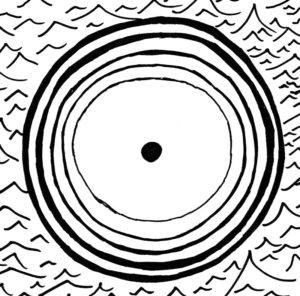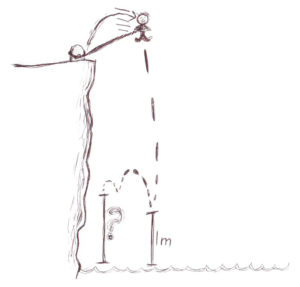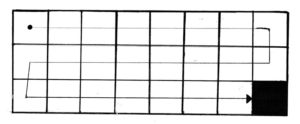
We’re trying to find the amount of time it takes for a ball to resurface after hitting water. The simplest way to do this is to make a simulation of all the forces acting on the ball. The buoyant forces, given by the second equation require you to calculate the amount of water the ball has displaced, so you must calculate the volume of a sphere cap. The volume of a sphere cap is given by the fourth equation. The third equation, for drag, requires the frontal area of the sphere cap, which is given by the fifth equation. We put these together to get a simulation. The answer is the time in between a peak and a trough. This time actually fluctuates a bit. Our answer is that the average frequency is about one ripple every 0.3969 seconds.
\vec F_G=1kg g\ down\\[8pt] \vec F_B=\frac{998.2kg gV_w}{m^3}\ up\\[8pt] \vec F_d=\frac{469.2kgA_f\vec V^2}{m^3}\ up\\[16pt] V_w=\pi rh^2-\frac{\pi h^3}3\\[8pt] A_f={\pi r^2\over(r-d)^2}-\pi

